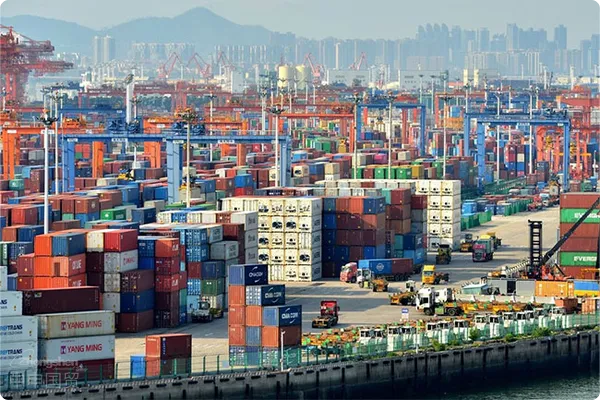- Shanghai Zhongshen International Trade Co., Ltd. - Two decades of trade agency expertise.
- Service Hotline: 139 1787 2118

Contents
ToggleThe Three Core Value Reconstructions of the General Agent for Imported Equipment
Against the backdrop of global supply chain restructuring in 2025, general agents for imported equipment are transitioning from traditional trade intermediaries to strategic partners. World Bank data indicates that professional general agents can reduce the comprehensive procurement costs of equipment by 18%-25% and shorten delivery cycles by over 40%. This value reconstruction is primarily reflected in three dimensions:
- Breaking Through Qualification Barriers: Special industriesEquipment ImportsA specific business license is required, such asMedical EquipmentCFDA certification is required, and environmental protection equipment requires CE certification.
- Supply chain efficiency optimization: Shorten customs clearance time through the pre-classification declaration system, and reduce capital occupation by utilizing bonded warehousing.
- Full-cycle service guarantee: From technical parameter confirmation to installation and commissioning, forming a complete after-sales service closed loop.
Five Golden Criteria for Selecting a General Agent
Based on the Fortune 500 supplier evaluation system, it is recommended to establish selection criteria from the following dimensions:
- Access qualification verification
- Checkimport and exportBusiness Operation Right Registration Certificate
- Verify the filing status of specific product business qualifications.
- Service network capability
- Coverage rate of customs clearance outlets at major ports
- Rationality of Bonded Warehouse Strategic Layout
- Professional technical team
- The ratio of customs specialists to equipment engineers
- Industry Solution Case Library
Key Points for Risk Prevention and Control in Cooperation for 2025
According to the latest General Administration of Customs Order No. 198, special attention should be paid to:
- Changes in Rules of Origin: The Impact of RCEP's Cumulative Rules on the Procurement of Equipment Components
- The EUs new Battery Law (2023) requires importers to provide a carbon footprint statement: Compliance verification of the new EU Machinery Directive (2025/123)
- Foreign exchange risk management: Use forward foreign exchange settlement and sales to hedge against exchange rate fluctuations
Implementation of the Four-Step Collaboration Method
- Needs Assessment Phase: Equipment Technical Parameters Filing and Pre-classification Confirmation
- Solution design phase: Construction of the Optimal Customs Clearance Path and Tax Calculation Model
- Execution monitoring phase: Logistics Node Visualization Management System Access
- After-sales service phase: Bonded Warehousing of Spare Parts and Rapid Response Mechanism
A case study of semiconductor equipment imports demonstrates that by leveraging the expertise of a general agent to implement HS code pre-classification, the import VAT rate was reduced from 13% to 9%, resulting in tax savings exceeding 2 million RMB for a single shipment. This underscores the pivotal role of general agents in ensuring trade compliance and cost optimization.
Common Cooperation Pitfalls Warning
- Risk of Qualification Affiliation: It is strictly prohibited to use the qualifications of other enterprises for customs clearance.
- Price Trap Identification: Be wary of unusually low proxy fee quotes.
- Unclear division of responsibilities: Clarify the allocation mechanism of demurrage charges and liability for breach of contract
Related Recommendations
? 2025. All Rights Reserved. Shanghai ICP No. 2023007705-2  PSB Record: Shanghai No.31011502009912
PSB Record: Shanghai No.31011502009912










